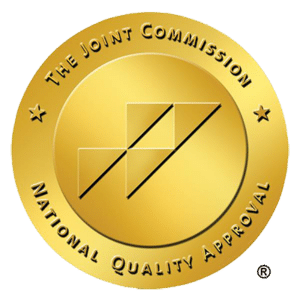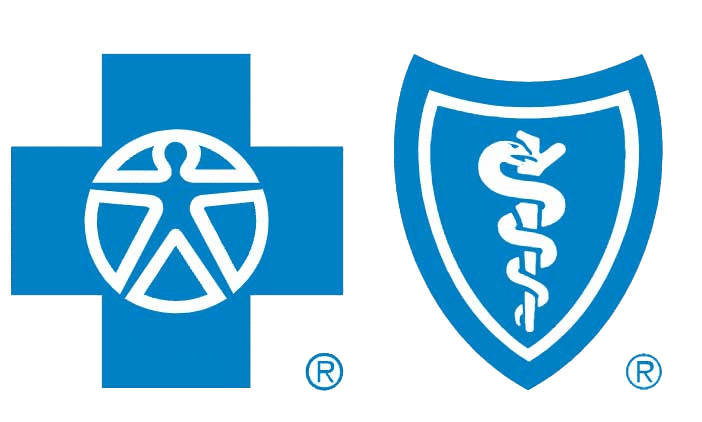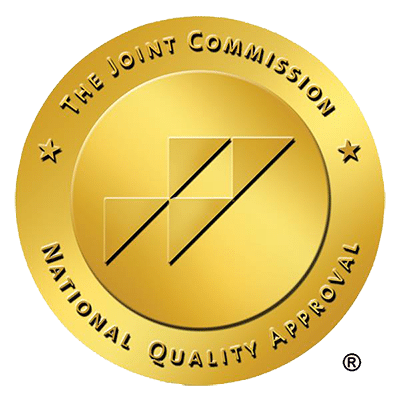Crack cocaine, commonly abbreviated as crack, is a highly addictive drug categorized as a Schedule II substance under the Controlled Substances Act due to its high abuse potential. Made from the same coca plant as cocaine, crack is a crystallized version of the stimulant that users smoke instead of snort to achieve a faster-acting euphoric high. People who smoke crack are at high risk of developing severe physical or psychological dependence, which is why the drug is illegal and considered highly dangerous. Crack’s destructive effects cannot be overstated, making it necessary to understand the drug’s short- and long-term effects, health risks and treatment options.
What Is Crack?
Crack is a hard, mineral-like, off-white substance that varies in size and shape. It’s typically produced by dissolving powdered cocaine and mixing it with water and ammonia or baking soda. After boiling the mixture until a solid substance forms, it’s removed from the liquid, dried and heated until it hardens into crack cocaine.
Although considered a purer form of cocaine, crack is often mixed with other chemicals. Its original name stems from the crackling or popping sound it emits when heated, but it’s also known by several street names, including:
- Candy
- Cookies
- Kryptonite
- Sleet
- Hard
- Rock(s)
- Snow coke
- Devil drug
Research from the Department of Justice reports more than 6.2 million Americans aged 12 and older have used crack at least once in their lifetime. Many people smoke crack because of its instant, intense euphoric effect, although the high only lasts about 5 to 10 minutes.
Common Side Effects
While many users associate a pleasant, euphoric high with crack, the drug also causes numerous adverse short- and long-term side effects.
Short-Term
The short-term effects of crack are typically more potent than those of powdered cocaine but similar to other commonly abused stimulants such as methamphetamine. Side effects can vary greatly depending on the drug’s quality and purity but typically include:
- Increased alertness
- Decreased appetite
- Excited state or irritability
- Dilated pupils
- Depression or anxiety
- Headaches
- Increased heart rate
- Abdominal pain
- Intense craving for another dose shortly after the high fades
- Sudden death due to heart attack or stroke
Some people may also experience crack-induced paranoia, causing them to believe they’re being followed or someone is trying to break into their house. These feelings can result in aggressive or violent behavior, creating a dangerous situation for themselves and bystanders.
Long-Term
Long-term crack abuse can result in serious side effects that often manifest even when the user isn’t high. The most common long-term side effects include:
- Mood disorders, including depression
- Increasingly high tolerance
- Delirium
- Psychotic symptoms such as paranoid delusions or hallucinations
- Severe withdrawal symptoms when not using the drug
- Addiction
Take action against crack addiction
Withdrawal symptoms can be overwhelming, but professional help is available.
Call us 24/7 to answer your questions or to get you help.
Some people may also experience crack bugs or coke bugs, a tactile hallucination that makes you feel like bugs are crawling over your skin. These hallucinations can cause someone to scratch themselves repeatedly in their attempts to remove the bugs. Hallucinations can also make it hard to sleep, resulting in sleep deprivation that can enhance delusional thinking.
A Brief History of Crack as a Recreational Drug
Crack cocaine first appeared in the United States as an illicit drug during the early 1980s, almost instantly earning a reputation as one of the most addictive substances on the streets. It gained popularity due to its high profitability, affordability and immediate euphoric effect.
Miami is considered the birthplace of the U.S. crack epidemic, where people began converting powdered cocaine into crack to distribute and sell to other major cities, including Detroit, New York City and Los Angeles. Between 1981 and 1986, crack’s emergence in cities led to a drastic increase in crime while manufacturing industries were relocating outside the city, resulting in more workplace competition and a widening social and economic gap.
In response to the crack epidemic’s harmful effects, the federal government passed anti-drug laws, increased anti-drug funding, established organizations such as the Partnership for a Drug-Free America and expanded prison and police programs to combat drug trafficking.
The crack epidemic disproportionately affected poor inner-city communities, causing devastating impacts, including increased addiction rates and drug-related deaths and crime. Although crack’s consequences aren’t as substantial today, the drug’s popularity remains high because it’s less expensive to make and buy than powdered cocaine.
How Crack Addiction Develops
Since crack is more addictive and potent than powdered cocaine, it’s possible to become addicted after only one usage. This is because crack releases dopamine, a happiness-inducing chemical, into the brain, creating a euphoric rush that encourages users to consume more. However, repeated crack use can inhibit the brain’s natural dopamine production as the body develops a physical dependency.
The high and comedown associated with crack produces rapid, conflicting effects, fluctuating from an intense, pleasurable high to crushing periods of depression and irritability. This contrast can also encourage repeated crack use to alleviate unpleasant drug crashes and obtain highs, creating a vicious cycle that can quickly result in addiction.
When someone repeatedly uses a drug, they often need larger, more frequent doses to achieve the same effects as before. Frequent crack exposure can cause people to depend on the drug to avoid negative feelings or moods, causing them to feel extremely anxious when they aren’t high and to need the drug just to feel normal.
Signs of Crack Abuse
If someone you know may be struggling with a crack addiction, there are several warning signs to look for, including:
- Overconfidence and hyperactivity
- Aggressive behavior
- Restlessness
- Rapid breathing
- Dilated pupils
- Uncharacteristic irresponsible behavior
- Cracked or burned fingers or lips
- Inability to hold a regular conversation
Since crack’s effects are short-lived, many people may reinstate their high every 15 to 20 minutes. If you notice someone frequently stepping outside or disappearing into a separate room alone, this can also be a sign of crack abuse.
Health Risks of Abusing Crack
Long-term crack use can increase a person’s risk of seriously damaging their physical and mental health, resulting in long-lasting effects such as:
- Convulsions or seizures
- Respiratory and cardiovascular issues
- Kidney, heart or liver damage
- Sleep deprivation
- Increased risk of acute lung injuries, resulting in permanent damage or scarring
- Oral issues such as yellowed or decaying teeth
- Sexual dysfunction
- Reproductive damage and infertility
- Permanent blood vessel damage
- Cracked, bruised or blistered lips
- Neglect of daily responsibilities, including work, school or social activities
Treatment for Crack Addiction
Crack addiction is difficult to break, especially since withdrawal symptoms can kick in just a few hours after the last dosage. Crack withdrawal symptoms are predominantly psychological and can include fatigue, anxiety, depression and intense cravings. Once you’re aware of someone’s crack abuse, encourage them to seek professional help immediately.
Professional treatment can help individuals manage withdrawal symptoms to overcome addiction and sustain long-lasting recovery. Depending on the severity of a person’s crack abuse, medical detox can help them safely undergo withdrawal and transition to a rehab facility. Drug rehab ranges from inpatient programs to outpatient therapy or counseling to help individuals process their addiction and any underlying mental health issues they may have.
Seek Help at Topsail Addiction Treatment Center
Topsail Addiction Treatment is an outpatient addiction recovery center serving the Boston area. By offering a range of addiction services, from all-day to weekly treatment, Topsail Addiction gives individuals access to therapy, counseling, support groups and educational programs to overcome their crack cocaine problem for good.
Although ending crack abuse can be difficult, it isn’t impossible. Contact Topsail Addiction today to speak with a compassionate, trained staff member and get the help you need.
Related Posts

Critical Signs of Meth Addiction: Symptoms & Support Options
Wondering what are the warning signs of meth addiction? Early detection can be lifesaving. From drastic behavioral swings to ‘meth mouth,’ these symptoms are alarming

Essential Guide on How to Help Someone with Meth Addiction
If you’re seeking to understand how to help someone with meth addiction, this article is your immediate support guide. Encountering meth addiction within someone you

Recognizing the Warning Signs of Marijuana Addiction
Knowing the signs of marijuana addiction is vital for recognizing a serious problem that often goes unnoticed. In this article, we address the real indicators

Decoding Opioid Addiction Statistics: A Harsh Reality Check
What do the numbers say about the opioid crisis? Diving into opioid addiction statistics offers a sobering reality check: a surge in usage and deaths

Effective Strategies on How to Prevent Opioid Addiction
The key to preventing opioid addiction starts with being informed. If you’re seeking concrete steps on how to prevent opioid addiction, this article is for

How to Help Someone with Cocaine Addiction Effectively
Wondering how to help someone with cocaine addiction? It can feel overwhelming, but your role is crucial. In this guide, you’ll find understandable and practical















